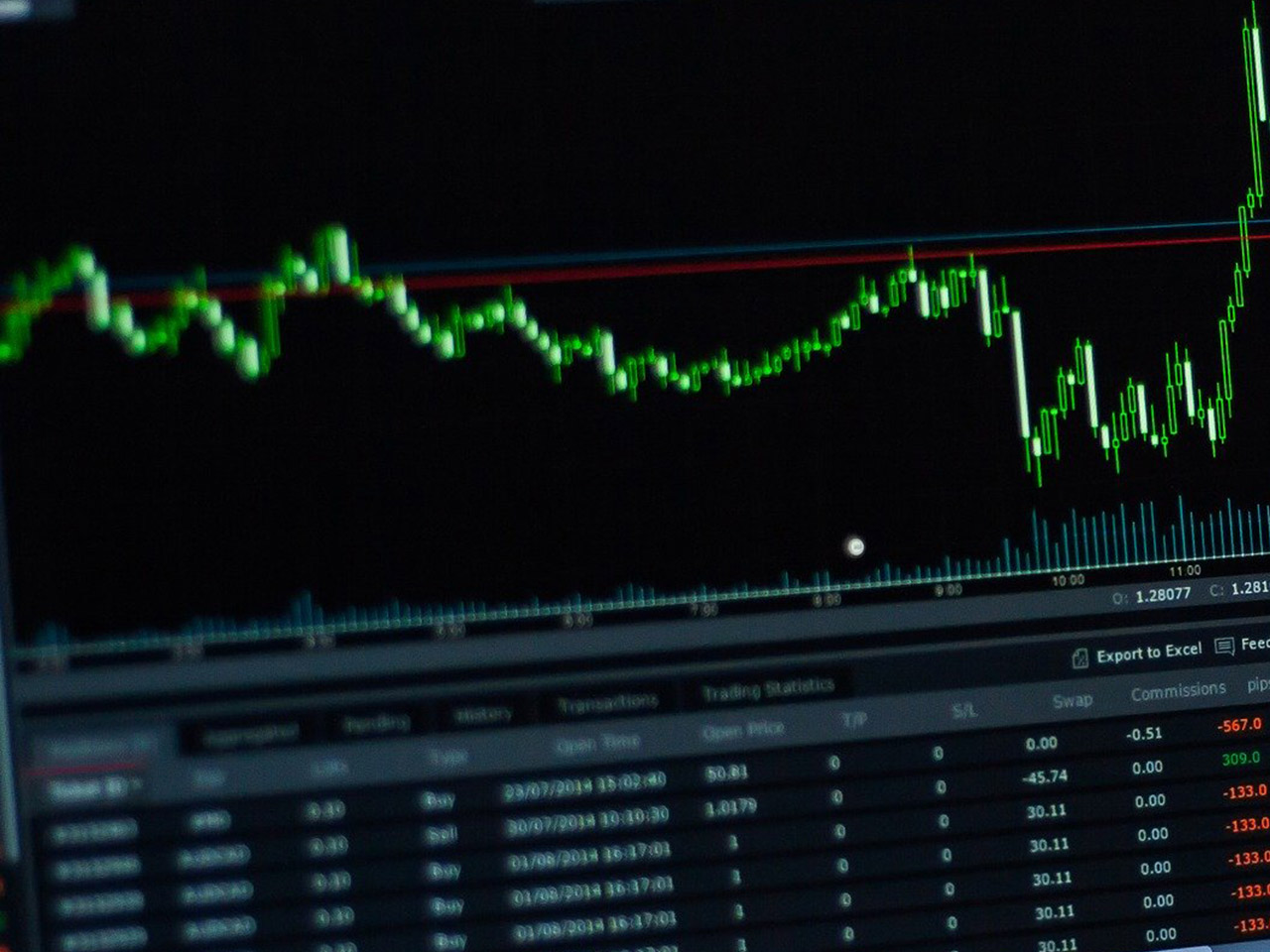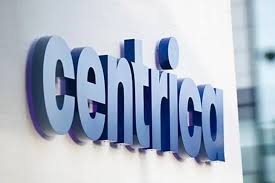HubSpot, Inc. (NYSE: HUBS) stands as a prominent player in the technology sector, specifically within the software application industry. Headquartered in Cambridge, Massachusetts, HubSpot has carved a niche for itself by offering a comprehensive cloud-based customer relationship management (CRM) platform. This platform is a vital tool for businesses across the Americas, Europe, and the Asia Pacific, empowering them with capabilities ranging from marketing automation to customer service management.
As of the latest trading session, HubSpot’s stock is priced at $440.25, reflecting a slight dip of 0.06% from its previous close. The stock has experienced significant volatility over the past year, with a 52-week range of $420.79 to $819.71. This variability highlights both the challenges and opportunities for investors looking to capitalize on its market movements.
One of the standout aspects of HubSpot’s financials is its impressive revenue growth, reported at 19.40%. Despite this positive trajectory, the company has yet to turn a profit, as evidenced by its negative earnings per share (EPS) of -$0.18 and a return on equity (ROE) of -0.65%. However, HubSpot’s robust free cash flow of approximately $592 million underscores its strong operational cash generation capabilities, which is a crucial factor for sustaining growth and financing future initiatives.
HubSpot does not currently offer a dividend, with a payout ratio of 0.00%. This is typical for many high-growth tech companies that prefer to reinvest earnings into expansion and innovation rather than distributing them to shareholders.
From a valuation perspective, HubSpot’s forward price-to-earnings (P/E) ratio is 38.50, which suggests that investors are optimistic about its future earnings potential. However, other common valuation metrics like the PEG ratio, price/book, and EV/EBITDA are not available, which may pose a challenge for those relying heavily on traditional valuation comparisons.
Analysts maintain a favorable outlook on HubSpot, with 33 buy ratings, 2 hold ratings, and no sell ratings. The target price range is set between $577.00 and $900.00, with an average target of $689.39. This translates to an enticing potential upside of 56.59%, making HubSpot an attractive proposition for growth-oriented investors.
Technical indicators present a mixed picture for HubSpot. The stock is currently trading below its 50-day and 200-day moving averages, standing at $488.89 and $601.88, respectively. The Relative Strength Index (RSI) of 57.77 suggests that the stock is neither overbought nor oversold, while the Moving Average Convergence Divergence (MACD) is slightly negative at -0.37, which may indicate some bearish momentum in the short term.
HubSpot’s comprehensive CRM platform continues to evolve, offering solutions like the Marketing Hub, Sales Hub, Service Hub, Content Hub, Operations Hub, and Commerce Hub. These tools support mid-market B2B companies in automating processes, enhancing customer interactions, and driving business growth. As HubSpot continues to innovate and expand its service offerings, it is well-positioned to capture a larger share of the burgeoning CRM market.
For investors seeking exposure to the technology sector’s growth potential, HubSpot presents an intriguing opportunity. The combination of strong revenue growth, a robust CRM platform, and a favorable analyst consensus positions HubSpot as a compelling stock to watch in the coming months. However, investors should remain mindful of its current valuation metrics and the inherent risks associated with investing in high-growth technology stocks.









































